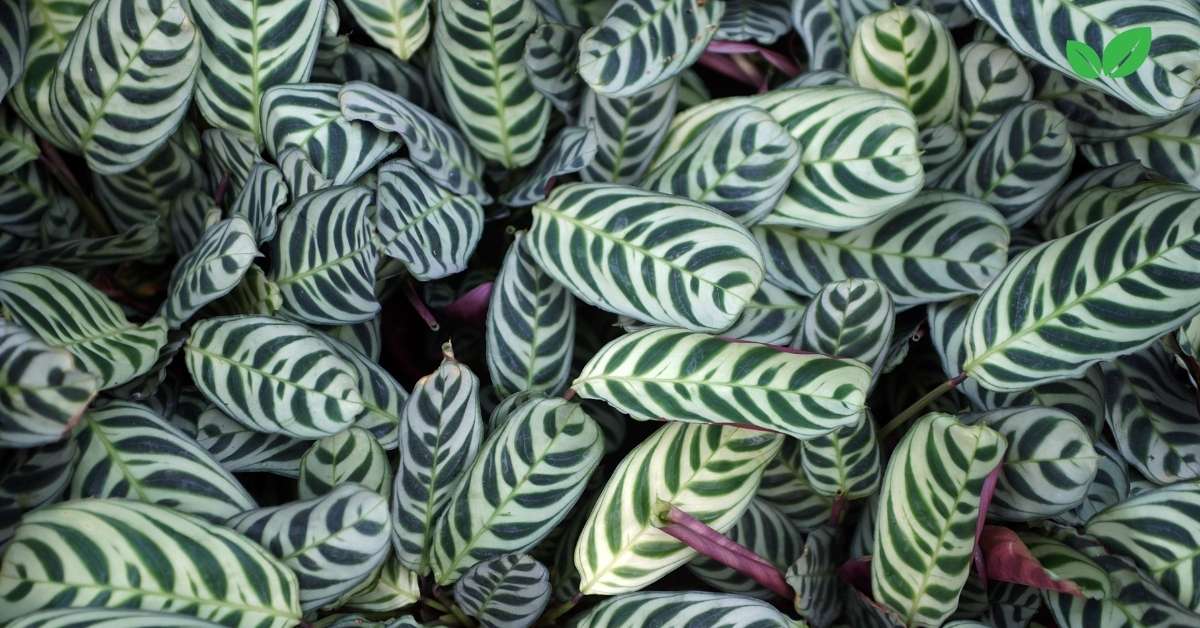Ctenanthe oppenheimiana, also known as the Never-Never Plant or Brazilian Snow Plant, is a striking member of the Marantaceae family. Native to the tropical rainforests of Brazil, this plant has captivated plant enthusiasts with its beautiful foliage and adaptability as a houseplant. However, its role extends beyond its aesthetic appeal. Ctenanthe oppenheimiana contributes to indoor air quality, biodiversity, and ecosystem stability in its native habitat. This article explores the characteristics, ecological significance, and conservation needs of Ctenanthe oppenheimiana, along with its growing popularity as a houseplant.
Characteristics of Ctenanthe oppenheimiana
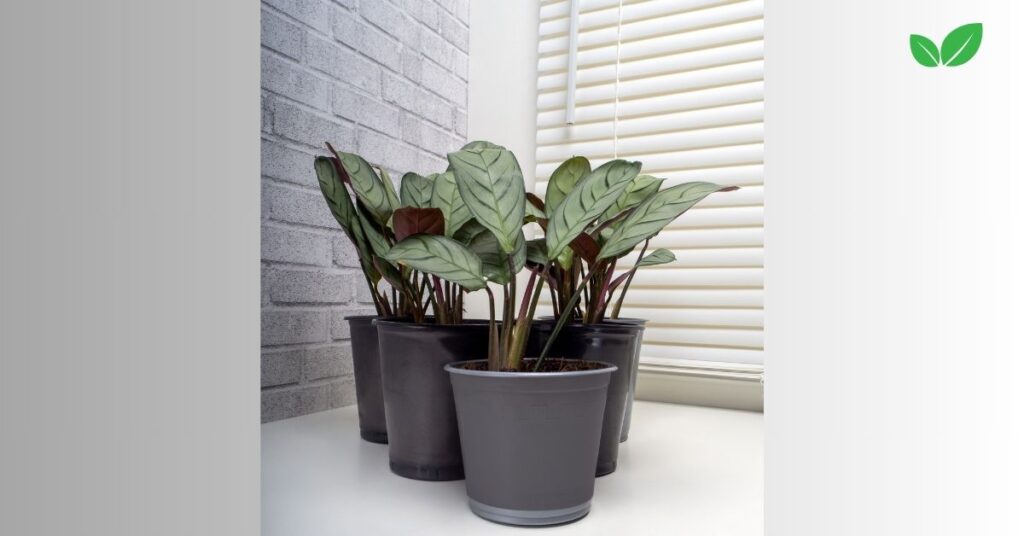
Morphological Features
Ctenanthe oppenheimiana is known for its distinctive appearance, characterized by elongated leaves with intricate patterns. This plant’s unique features make it a favorite among gardeners and indoor plant enthusiasts. Key characteristics include:
- Leaves: The leaves of Ctenanthe oppenheimiana are oblong, lance-shaped, and can grow up to 30 centimeters long. They have a striking variegation with dark green and silver stripes on the upper side, while the undersides of the leaves are a deep purple or burgundy. This contrast between the top and bottom of the leaves adds to the plant’s visual appeal.
- Growth Habit: This species typically grows in a clumping habit, with new shoots emerging from rhizomes underground. It forms dense clusters that can reach up to 1 meter (about 3 feet) in height under optimal conditions.
- Flowers: While the foliage is the main attraction, Ctenanthe oppenheimiana does produce small, white or yellow flowers. These are relatively inconspicuous and appear infrequently, especially when the plant is grown indoors.
Adaptations for Tropical Environments
Ctenanthe oppenheimiana has evolved several adaptations that allow it to thrive in the understory of tropical rainforests, where light levels are low, and humidity is high.
- Shade Tolerance: This plant is highly tolerant of low light conditions, a trait that makes it well-suited for the shaded understory of forests. Its broad leaves help capture the limited sunlight that filters through the canopy.
- Moisture Requirements: Native to humid environments, Ctenanthe oppenheimiana thrives in conditions with consistent moisture. Its natural habitat is characterized by regular rainfall, and its roots are adapted to absorb and retain moisture effectively.
- Rhizomatous Growth: The plant’s rhizomes allow it to spread laterally and colonize the forest floor. This growth habit helps it compete with other understory plants for space and resources, making it a resilient species in its native ecosystem.
Ecological Role of Ctenanthe oppenheimiana in Its Native Habitat
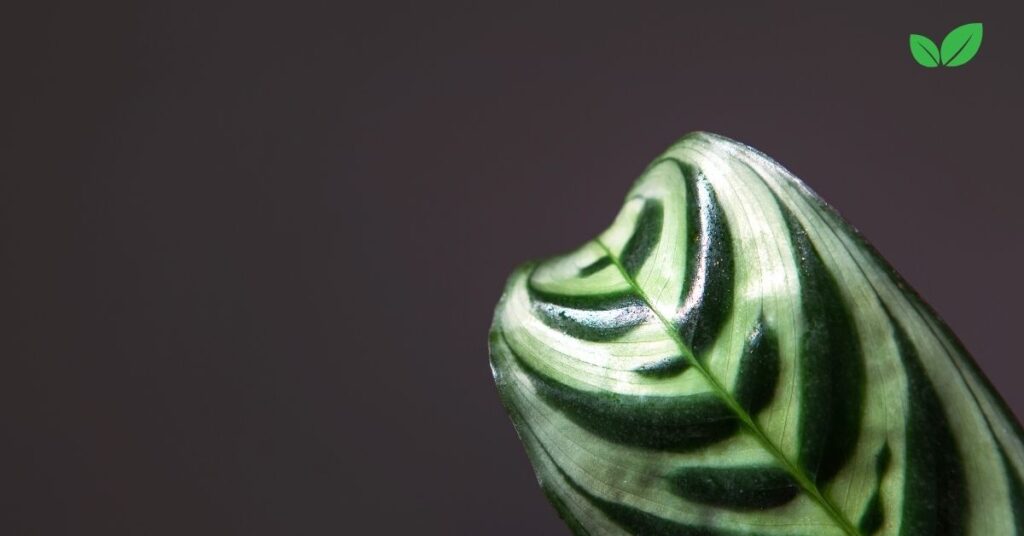
Contribution to Biodiversity
Ctenanthe oppenheimiana is part of the diverse plant community in the tropical rainforests of Brazil. Its presence contributes to the overall biodiversity of the ecosystem, providing habitat and food sources for various organisms.
- Understory Plant: As a ground-covering species, Ctenanthe oppenheimiana plays an essential role in the understory layer of rainforests. It forms dense clusters that help to stabilize the soil, reduce erosion, and create microhabitats for insects, amphibians, and other small forest dwellers.
- Nectar Source: Although its flowers are small and not a primary feature, they can provide nectar for certain pollinators, including insects that play a role in the complex web of rainforest pollination. This interaction, albeit limited, supports the intricate ecological relationships in the forest.
Soil Health and Stability
The rhizomatous nature of Ctenanthe oppenheimiana contributes to soil stability in tropical rainforests. By spreading across the forest floor, it helps maintain soil structure and prevents erosion, especially in areas where heavy rainfall can displace soil.
- Root Structure: The plant’s roots bind the soil together, reducing the risk of soil erosion. This function is particularly important in tropical regions where intense rains can lead to soil displacement.
- Nutrient Cycling: As Ctenanthe oppenheimiana grows, it sheds leaves that decompose on the forest floor, returning nutrients to the soil. This process enriches the organic matter content of the soil, which is essential for maintaining the fertility of rainforest ecosystems.
Role in Carbon Sequestration
While Ctenanthe oppenheimiana is not a large tree, it contributes to the carbon sequestration process in its native habitat. Through photosynthesis, the plant absorbs carbon dioxide and helps mitigate the effects of climate change.
- Carbon Absorption: Like all green plants, Ctenanthe oppenheimiana absorbs carbon dioxide and releases oxygen, making it an integral part of the carbon cycle in the rainforest. Its dense growth habit allows it to contribute to the overall biomass and carbon storage of the ecosystem.
- Supporting Forest Regeneration: The plant’s ability to cover large areas of the forest floor aids in forest regeneration by creating a microclimate that supports the germination of seeds from larger tree species. This process is crucial for maintaining the long-term health and diversity of tropical forests.
Ctenanthe oppenheimiana as a Houseplant: Environmental Benefits
Beyond its role in natural ecosystems, Ctenanthe oppenheimiana has become a popular houseplant due to its striking appearance and ability to thrive in indoor conditions. As more people adopt indoor plants, understanding their environmental benefits is essential.
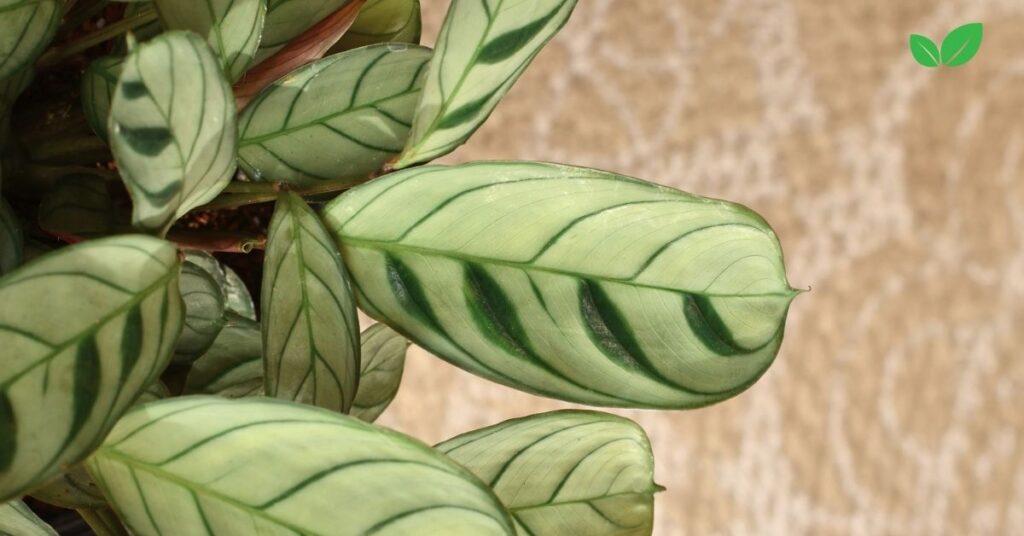
Improving Indoor Air Quality
One of the most significant environmental benefits of keeping Ctenanthe oppenheimiana as a houseplant is its ability to improve indoor air quality. Indoor environments often contain pollutants like volatile organic compounds (VOCs), which can affect health.
- Air Purification: Ctenanthe oppenheimiana, like many houseplants, can help filter out toxins such as formaldehyde, benzene, and other VOCs from the air. Through the process of photosynthesis, the plant absorbs these compounds and converts them into nutrients, effectively cleaning the air.
- Oxygen Production: By releasing oxygen during photosynthesis, Ctenanthe oppenheimiana helps maintain healthy indoor air, particularly in enclosed spaces where air circulation may be limited.
Humidity Regulation
Ctenanthe oppenheimiana also contributes to regulating indoor humidity levels, which can be especially beneficial in dry climates or during winter months when heating systems reduce air moisture.
- Transpiration: The plant releases moisture into the air through transpiration, increasing humidity levels around it. This natural process can help reduce respiratory irritation, dry skin, and other issues associated with dry indoor air.
- Creating a Microclimate: When placed with other tropical plants, Ctenanthe oppenheimiana can help create a microclimate in indoor spaces, providing a more comfortable environment for both people and other plants.
Psychological and Emotional Benefits
While not directly related to the environment, the psychological benefits of having houseplants like Ctenanthe oppenheimiana contribute to a holistic understanding of its value. Indoor plants are known to reduce stress, improve concentration, and create a sense of well-being, all of which encourage a deeper connection with nature.
Challenges and Conservation of Ctenanthe oppenheimiana
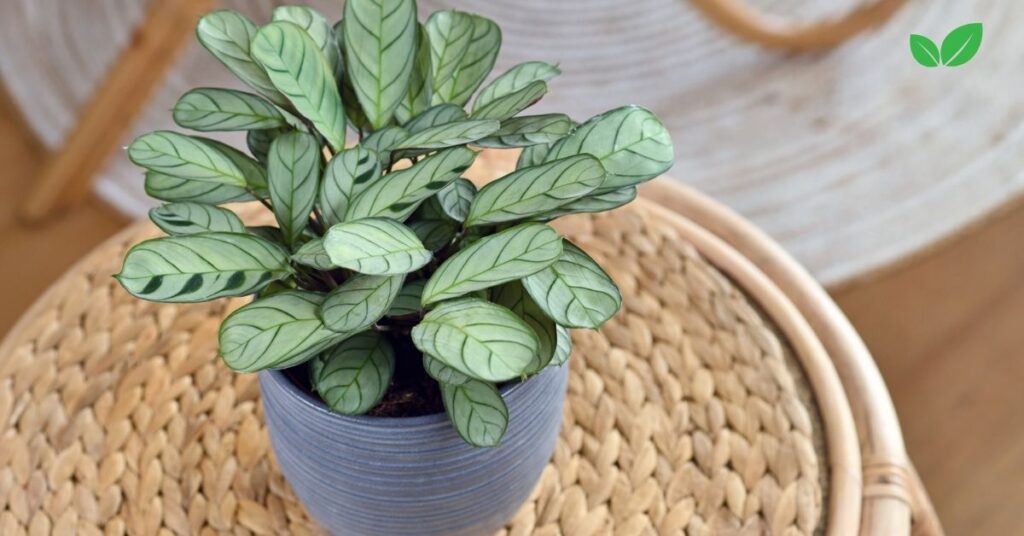
Threats in the Wild
Like many tropical species, Ctenanthe oppenheimiana faces threats in its natural habitat, primarily due to deforestation, habitat loss, and climate change.
- Deforestation: The tropical rainforests of Brazil are under threat from logging, agriculture, and urban expansion. This habitat loss directly impacts Ctenanthe oppenheimiana by reducing the availability of its natural environment.
- Climate Change: Changes in temperature and precipitation patterns due to climate change can alter the delicate balance of the rainforest ecosystem. As a species adapted to specific humidity and temperature ranges, Ctenanthe oppenheimiana may struggle to survive in shifting climate conditions.
- Loss of Biodiversity: The decline of other plant and animal species in tropical forests can have cascading effects on Ctenanthe oppenheimiana. The loss of pollinators and other mutualistic organisms can reduce the plant’s ability to reproduce and maintain stable populations.
Conservation Efforts
Conserving Ctenanthe oppenheimiana and its habitat is essential for preserving the biodiversity and ecological integrity of tropical rainforests.
- Protected Areas: Establishing protected areas and reserves in the Brazilian rainforest can help preserve the natural habitat of Ctenanthe oppenheimiana. These areas serve as refuges where the plant can thrive without the pressures of deforestation and human encroachment.
- Sustainable Forestry Practices: Encouraging sustainable forestry practices, such as selective logging and agroforestry, can help reduce the impact of deforestation on species like Ctenanthe oppenheimiana. By integrating conservation with local livelihoods, sustainable practices can support both ecological and economic goals.
- Ex Situ Conservation: Cultivating Ctenanthe oppenheimiana in botanical gardens and through horticultural programs can help preserve the genetic diversity of the species. These efforts provide a backup in case wild populations decline and also serve as an educational tool for raising awareness about tropical plant conservation.
Role of Gardeners and Plant Enthusiasts
Plant enthusiasts and indoor gardeners play a role in the conservation of species like Ctenanthe oppenheimiana. By cultivating this plant responsibly, they can contribute to the awareness and appreciation of tropical biodiversity.
- Propagation and Sharing: Propagating Ctenanthe oppenheimiana through cuttings or division helps reduce the demand for wild-collected plants, which can be detrimental to natural populations. Sharing propagated plants with other enthusiasts promotes a culture of sustainable plant care.
- Awareness Building: Educating others about the origin and ecological significance of Ctenanthe oppenheimiana can inspire a greater appreciation for tropical plants and their ecosystems. Awareness is a key step in motivating people to support conservation efforts.
Growing and Caring for Ctenanthe oppenheimiana
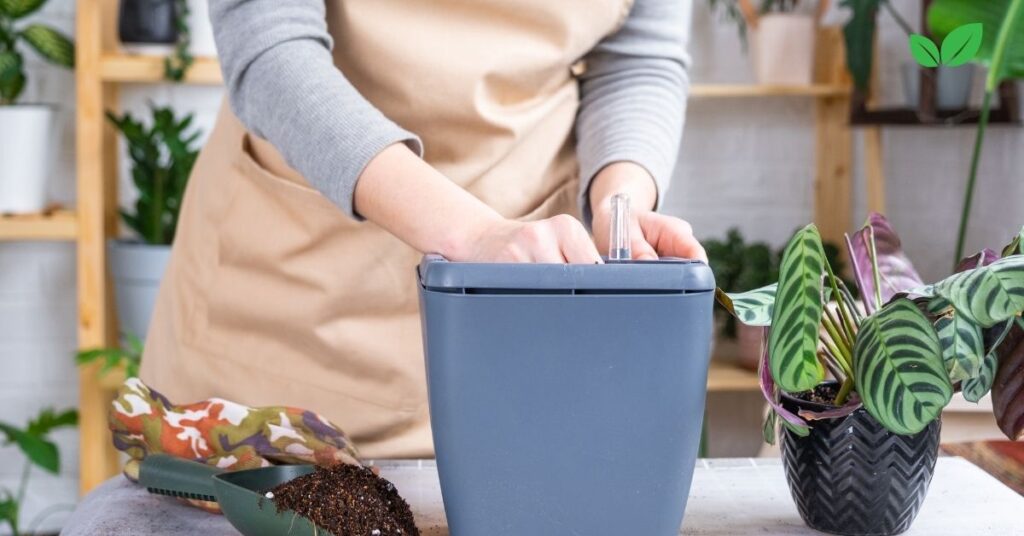
Ideal Conditions for Indoor Growth
For those interested in cultivating Ctenanthe oppenheimiana as a houseplant, it is important to replicate its natural environment to the best extent possible. Proper care ensures that the plant thrives and continues to offer its air-purifying and aesthetic benefits.
- Light Requirements: Ctenanthe oppenheimiana prefers bright, indirect light. It can tolerate lower light levels but may lose some of its vibrant leaf patterns if kept in too much shade. Direct sunlight can scorch its leaves, so filtered light is ideal.
- Watering: This plant requires consistent moisture, but it is important to avoid waterlogged soil, which can lead to root rot. Watering should be done when the top inch of soil feels dry. Using room-temperature water helps avoid shocking the plant.
- Humidity: As a tropical plant, Ctenanthe oppenheimiana thrives in high humidity. Using a humidifier or placing the plant near other moisture-loving plants can help maintain a suitable environment. Misting the leaves occasionally can also help keep them vibrant.
- Soil and Fertilizer: A well-draining soil mix that retains some moisture is best for Ctenanthe oppenheimiana. A mixture of peat, perlite, and potting soil works well. Fertilizing with a balanced, water-soluble fertilizer every month during the growing season supports healthy growth.
Common Issues and Solutions
Ctenanthe oppenheimiana is generally a hardy plant when its basic needs are met, but it can encounter common problems that indoor gardeners should be aware of.
- Leaf Curling: This can be a sign of low humidity or underwatering. Increasing humidity levels and ensuring consistent watering can help resolve this issue.
- Browning Leaf Edges: Brown edges on leaves often indicate dry air or salt buildup from tap water. Using distilled water and maintaining high humidity can prevent browning.
- Pests: While not highly susceptible to pests, Ctenanthe oppenheimiana can occasionally attract spider mites or mealybugs. Wiping leaves with a damp cloth and using insecticidal soap can help control these pests.
Conclusion: The Value of Ctenanthe oppenheimiana in Ecology and Horticulture
Ctenanthe oppenheimiana, with its beautiful foliage and adaptability, is a plant that bridges the worlds of indoor gardening and tropical ecology. Its role in rainforest ecosystems as a soil stabilizer, contributor to biodiversity, and participant in nutrient cycling highlights its ecological importance. Meanwhile, as a houseplant, it provides benefits like improved air quality and humidity regulation, making it a valuable addition to indoor environments.
Conserving species like Ctenanthe oppenheimiana is critical for preserving the rich biodiversity of tropical rainforests. Through a combination of habitat protection, sustainable practices, and public awareness, we can ensure that this and other tropical plants continue to thrive. For those who care for it in their homes, understanding its origins and ecological role can deepen the connection to nature and foster a greater appreciation for the delicate balance of life on Earth.
Read More: https://360environment.com/hibiscus/

